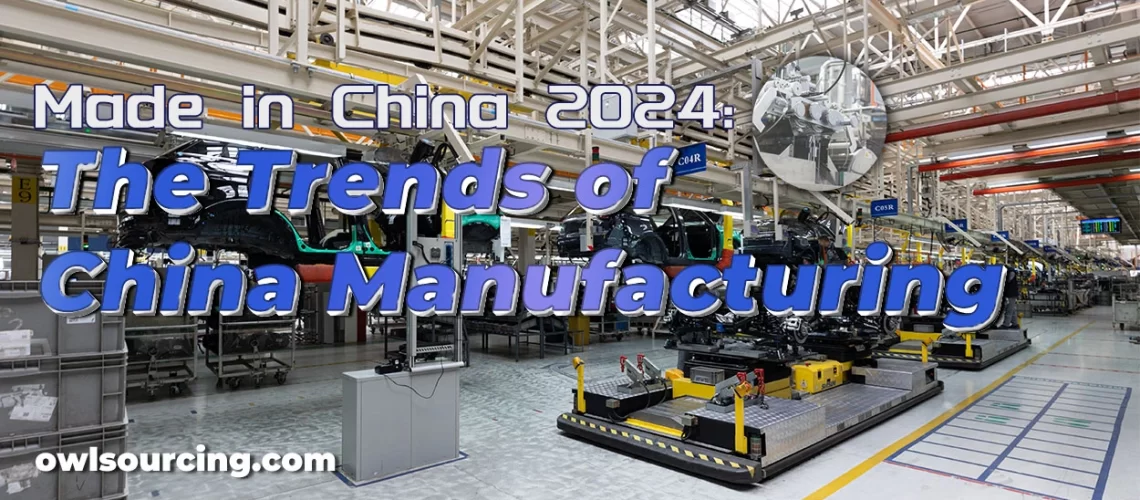Estimated reading time: 12 minutes
China has been the world’s largest exporter of goods since 2009. But does Chinese manufacturing still play a dominant role in the manufacturing world? Or Made in China will no longer be the option and will be replaced by other countries in Southeast Asia? But there is a question: do you understand the trends in China manufacturing?
Let’s dive deeper and see both the challenge of manufacturing in China and the opportunities in the future.
By reading this article, you can start to set up your China product sourcing strategy and have more ideas when you import from China or other Asian countries.
Table of Contents
ToggleWhat Are the Advantages of Manufacturing in China?
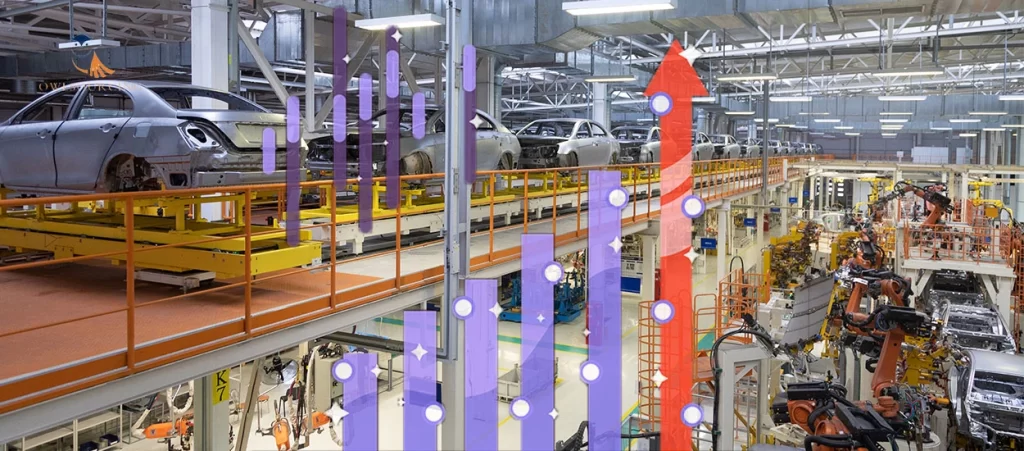
In 1978, China had a GDP of only 278 million USD dollars, only about 4 percent of the world’s GDP. But now the GDP has risen to 18 trillion dollars and accounts for 18.5% of all economic activity in the world while the GDP in the U.S. is over 25 trillion dollars in 2023.
This significant achievement is mainly attributed to one industry: China Manufacturing. Thus, we now agree that China is the world’s factory.
Manufacturing in China has been a popular choice for businesses worldwide for several reasons, including:
1. Cost Efficiency: The People’s Republic of China has traditionally been in charge of production at generally lower manufacturing costs such as low labor costs which can move the total production cost to a considerably low level. The wage is indeed increasing today, but they still should keep it at an advantageous level to those in the Western countries.
2. Scale and Speed: Chinese manufacturers have a reputation for quick speed-up of the processes of production to ensure that the manufacturers provide large orders with products in due time. This single strand, which is along with impressive manufacturing processes, makes it possible to make goods that are in huge quantities in a short period of time, meeting the demand of the factory and of the consumers without much delay.
3. Established Supply Chains: China is an industrial superpower, which has a developed and elaborate manufacturing industry that has sophisticated supply chains for different industries such as textile, automobile, etc. This environment is reflective not only of the firms themselves but also of suppliers of raw materials and components for production, which contributes to the smooth and efficient production processes.
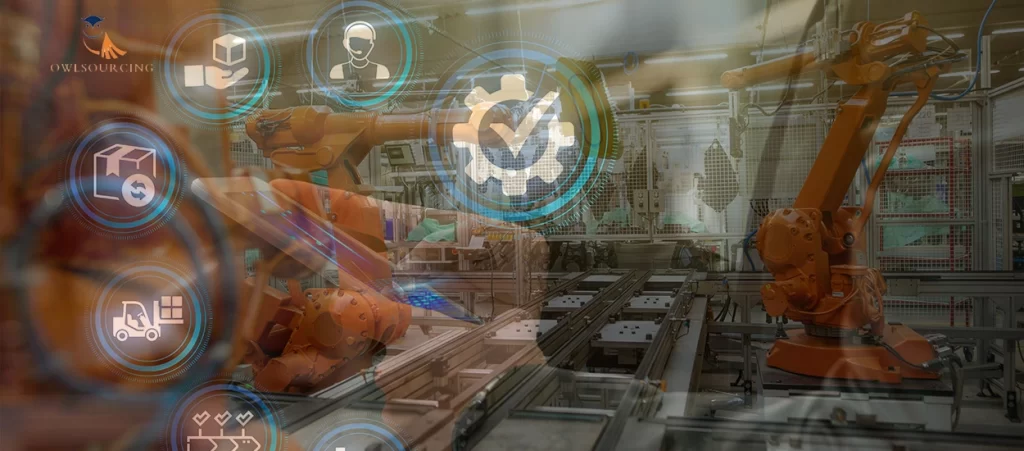
4. Advanced Manufacturing Technologies: To be truthful, over time, China has been a leading force in the manufacturing sectors and many aspects as well, including automation, robotics, and artificial intelligence. The round of innovations has brought forth greater production sheen, better quality of products, and consistency while still giving room for reasonable pricing.
5. Flexibility and Adaptability: Chinese manufacturers are known for their versatility and the possibility of breaking away from the building of conformity that goes together with being a follower for the sake of compliance. This entails the possibility of entering commercial agreements even for very small changes in product design and packaging as innovativeness and swiftness is the imperative for modern business.
On the other hand, these pros have made China a global manufacturing site. But the companies, besides these factors, also consider intellectual property protection, compliance with the regulations, and geopolitical risks while making the decision on the manufacturing strategy. The current situation in which some companies have moved toward spreading their production plants so as to mitigate the risks and to face the challenges that nowadays exist in global supply chains is one of the recent trends.
What Challenges Does China’s Manufacturing Industry Need to Meet Today?
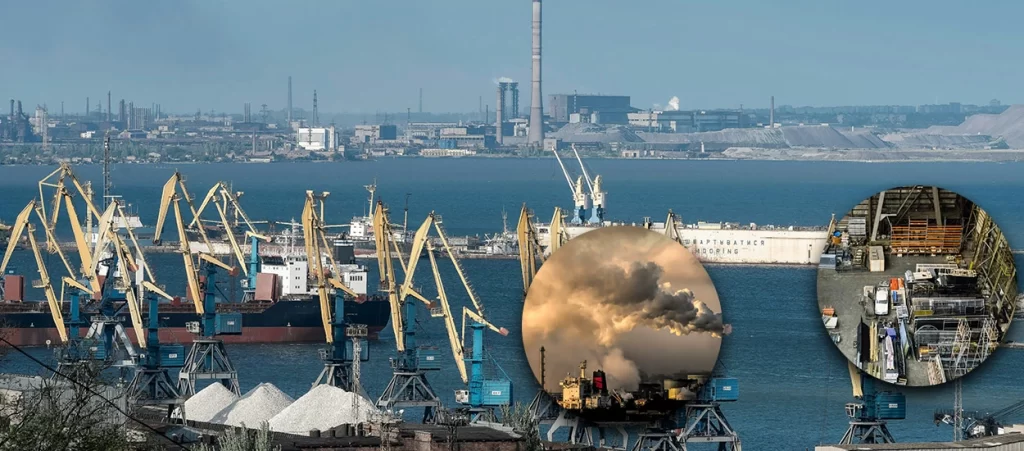
The Chinese government is aware that it heavily relies on manufacturing and exportation to keep a steady performance on GDP in the past decades. However, the government no longer has the desire to sacrifice the environment for exchange economic development as it did 30 years before.
The country is seeking sustainable development like the same of the rest world. So looking for a transition from manufacturing to a services-driven industry and non-labor-intensive industry is one strategy of the Chinese government.
Meanwhile, something dramatic happened during the process both from the inside and the outside world.
1) The Global Trade Environment Become More Complex,
Led by the trade war between China and the U.S., the international trading environment is no longer developing in a peaceful and stable situation. If the tariff policy turns out to be a useful tool to solve the trade deficit, then it would be a negative example of trade protectionism.
These strains ultimately undermine the international supply chain, which makes it harder and more costly for Chinese exporters to sell their goods.
Besides this, more manufacturers want to diversify their locations and are cutting their dependence on China, which is triggered by issues like supply chain vulnerability, intellectual property rights, and geopolitical threats. Such a shift towards “nearshoring ” or “reshoring” will bring this downfall of the Chinese manufacturing predominance beneficially it might result in the reduction of foreign investment and manufacturing activities within the country.
2) The Risen of the Manufacturing Cost,

a. Labor cost in China
One of the manufacturing in China facts is that the workforce is also in decline. After China acceded to the WTO, manufacturing grew rapidly in 2002, and employment began to grow; it peaked at 103 million in 2013 and then began to decline.
The reduction of labor supply and the improvement of the economic level have promoted an increase in labor costs.
b. Material cost in China
Raw material prices are one of the critical points when you buy and import products from China. They might have a significant impact on your estimated margin.
Staying ahead of the material’s price can ensure you get the most competitive prices and help to negotiate with your suppliers. Sometimes you may be told by your suppliers that the costs of raw materials have increased a lot, and they had to increase the selling prices accordingly. What would you do in this case?
It’s unfair to make any judgment or decision without knowing the truth. You may ask what the trends of material prices in China are.
The materials cost in China is a pretty perspective, and you can find the related price info from the website at any time. But as you can see from the above dates, the cost is quite stable except for some unique materials, such as paper, which change quite frequently.
Please always check by yourself about the raw material cost and then convince your vendor to keep the same price on the initial quotation.
What is the Outlook for the China Manufacturing Industry?
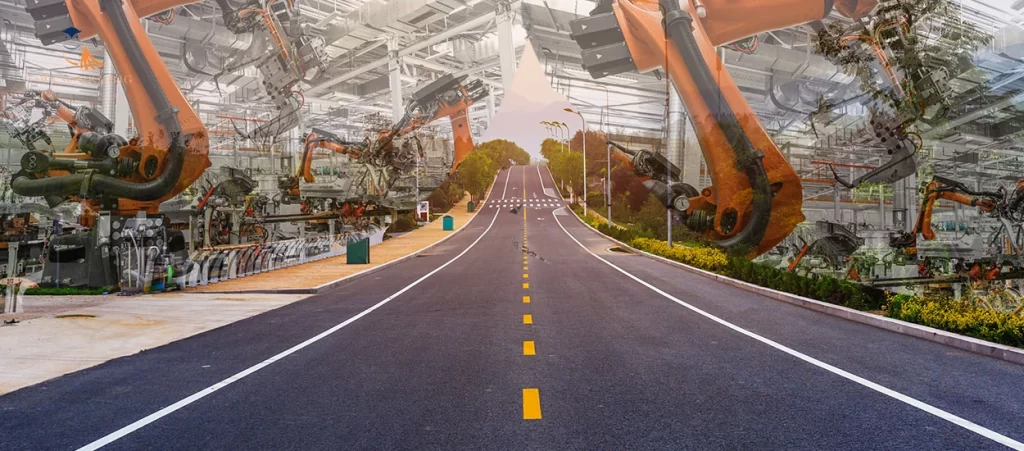
I remember once one of my vendors in Canton shared an interesting story with me, a conversation like below:
Vendor Mike: Do you know how I started my toy business and got my first overseas customer in the year 1999?
Andy: please keep going on, and I’d like to hear.
Vendor Mike: I bought some toys in H.K. and attended the Canton Fair without knowing anything about international trade.
Andy: Oh, that would be a hassle if you don’t speak English and have no trading experience, especially for the first time.
Vendor Mike: Exactly, at that time, I didn’t even realize I could ship the cargo to the destination by sea until my first customer drew a ship on the paper to indicate to me about international logistics. The Sea shipping… (I actually have an article on how to ship from China to the US)
Andy: Great story…and laugh with Mike together. What a lovely customer!
1. Everything is changing, and so does the Export
Today is not the same time when Mike started his business. China opened its gates, and the cheap cost and abundant unexplored resources attracted tremendous business people to come there for their profitable projects.
But now it’s not enough to just attend the Trade Show or have a seller account on Chinese wholesale websites like Alibaba. I guess it’s time to upgrade the gears when doing China import and export: deep Internet dive, be a social media talent, remarkable vloggers, E-commerce player, landing to obstacle areas with non-English speaker market…etc. It depends on what you might fit in well.
Learning e-commerce trends from China trading companies and China sourcing agents is also crucial for Chinese manufacturers.
2. The Squeeze toothpaste’s reply would lose customer’s confidence in you

Have you experienced a situation where you need to write tons of emails to collect the information you need from one vendor?
Such as the product material/dimension, MOQ (minimum order quantity), packing information (carton box dimension for checking the freight fee), carton weight, HTS Custom code, Certificate, Photos of product, Lead time for product manufacturing, payment term, etc.
It’s a hassle moment, as they can’t do more for you! You have to push again and again and wait several days to get the reply.
We all focus on details, aren’t we? Could China manufacturing companies improve that? Yes, they can, but it seems not now. That’s the reason why Sourcing agents like Owlsourcing can help your business in China.
3. Be polite
We all know how good it is to use WeChat when communicating with Chinese wholesale suppliers. But did you experience receiving the WeChat message from your China vendor at pm-midnight your local time?
Yes, we should pay attention to the different time zones and avoid disrupting the customers.
Chinese vendors should be more polite when towards international buyers. The user is the King.
4. Try to do something more than delivering an “OK” result
It’s not easy to let your China vendors do a little extra for you when processing your orders in China, especially for small orders.
The Chinese suppliers are committed to fulfilling your orders or products just in OK status and are not ready to provide the product at a more decent level. I guess that’s why there are so many OEM factories instead of Branding companies in China.
Manufacturers in China should improve their mindset and willingness to do more for their customers. No matter whether it is about service or the product itself. It’s still a long way to go for the service from China factories.
5. Delay
Large retailers like Aldi and Michaels Store would charge the penalty if the Chinese vendors delay the shipment as agreed in the POA (Purchase Order assigned). I guess why they did that because so many Chinese manufacturers would delay the shipments; thus, there would be trouble for the importers.
The Chinese manufacturing vendors can try their best to avoid this by evaluating the production capacity and arrangement and then giving the customer an arcuate time for delivery.
6. Don’t assume you can always evaluate a customer in a correct manner
The merchandiser or the sales from the China factory/trading company would value the customer before making the deal. It’s no problem to do that, but do not over-trust your evaluation of a customer by country or order quantity.
We met the situation many times that one small customer can grow into an excellent customer with a high annual purchasing amount from China. Never underestimate your customers.
7. Too many stories would hurt the business

You may hear a lot of stories from your vendors when doing China wholesale. It happens when the shipment is delayed, the wrong material is used, terrible packaging on the product, or even the wrong shipping mark content.
Too many stories do hurt the business. If you want to be an excellent Chinese manufacturer, you should focus on how to provide what you committed to your customers instead of finding excuses.
More Related Articles,
- Find a Manufacturer in China: How to Find Chinese Reliable Manufacturers
- How to Import Toys from China: A Comprehensive Guide
- How to Ship to Amazon FBA from China
- How to Buy From China | Buying from China Step by Step
- Find A Contract Manufacturing in China: Saving Money Tips
Final Thoughts
China’s manufacturing industry will gradually transform into China’s intelligent manufacturing and international branding, from the traditional labor-intensive GOODS MANUFACTURING TO HIGH-TECH R & D areas of self-development, which is a future trend in China’s manufacturing industry. Even more, the transition from OEM to ODM plus an international brand promoting (social media/SNS) is reshaping the concept of a “Made in China” product.
Deciding where to manufacture your products depends on a multitude of factors. China is still a world factory, and even the production cost in China is no longer the cheapest anymore.
But you need to consider all the potential reasons, efficiency, logistics, in-time delivery, and supply chain stability. And that’s part of the reason why the Tesla China factory can be built and in production within one year.
Finally, manufacturing in China and sourcing at the China wholesale market will still be competitive and stand a chance in the future of the manufacturing world.
Of course, if you need sourcing and shipping services, you can contact us. We will provide you with all the services you need.

